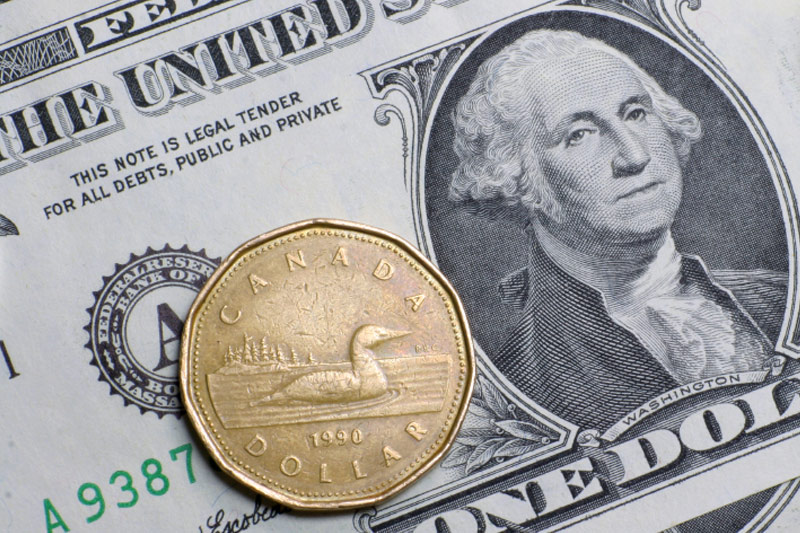Investing.com - The U.S. dollar fell to session lows against the Canadian dollar on Tuesday after official data showed that Canadian manufacturing sales rose to a record high in July.
USD/CAD was last down 0.44% to 1.1005, the lowest since last Thursday.
The pair was likely to find support at around 1.0975 and resistance at 1.1070, the session high.
The Canadian dollar strengthened after Statistics Canada reported that manufacturing sales rose 2.5% to C$53.7 billion in July, outstripping the previous record of C$53.2 billion set in July 2008. Economists had forecast an increase of 1.0%.
The strong increase was mainly due to higher sales in the transportation equipment and primary-metals industries the statistics agency said.
Transportation-equipment sales rose 10.3% to C$10.1 billion in July, while primary-metal sales rose 4.0% to C$4.2 billion.
The agency said manufacturing sales have been trending upwards since January. July sales were up 16 of 21 industries, representing approximately 56% of the country’s manufacturing.
In the U.S., data showed that producer prices were flat in August, but were up 1.8% on a year-over-year basis, after a 1.7% increase in July.
The greenback’s losses looked likely to be held in check amid heightened expectations for an early hike in U.S. interest rates ahead of Wednesday’s Federal Reserve policy meeting.
The Fed was expected to cut its asset purchase program by another $10 billion which would keep it on track for winding up the program in October, and to start raising interest rates sometime in mid-2015.
Elsewhere, the loonie, as the Canadian dollar is also known, was higher against the euro, with EUR/CAD down 0.38% to 1.4250.
The euro came under pressure earlier Tuesday after data showed that German economic sentiment continued to deteriorate this month, falling to the lowest level since December 2012.
The ZEW index of German economic sentiment fell to 6.9 this month, down from 8.6 in August amid uncertainty over Germany’s economic outlook as a result of sanctions against Russia, and concerns over the subdued outlook for the euro zone.
